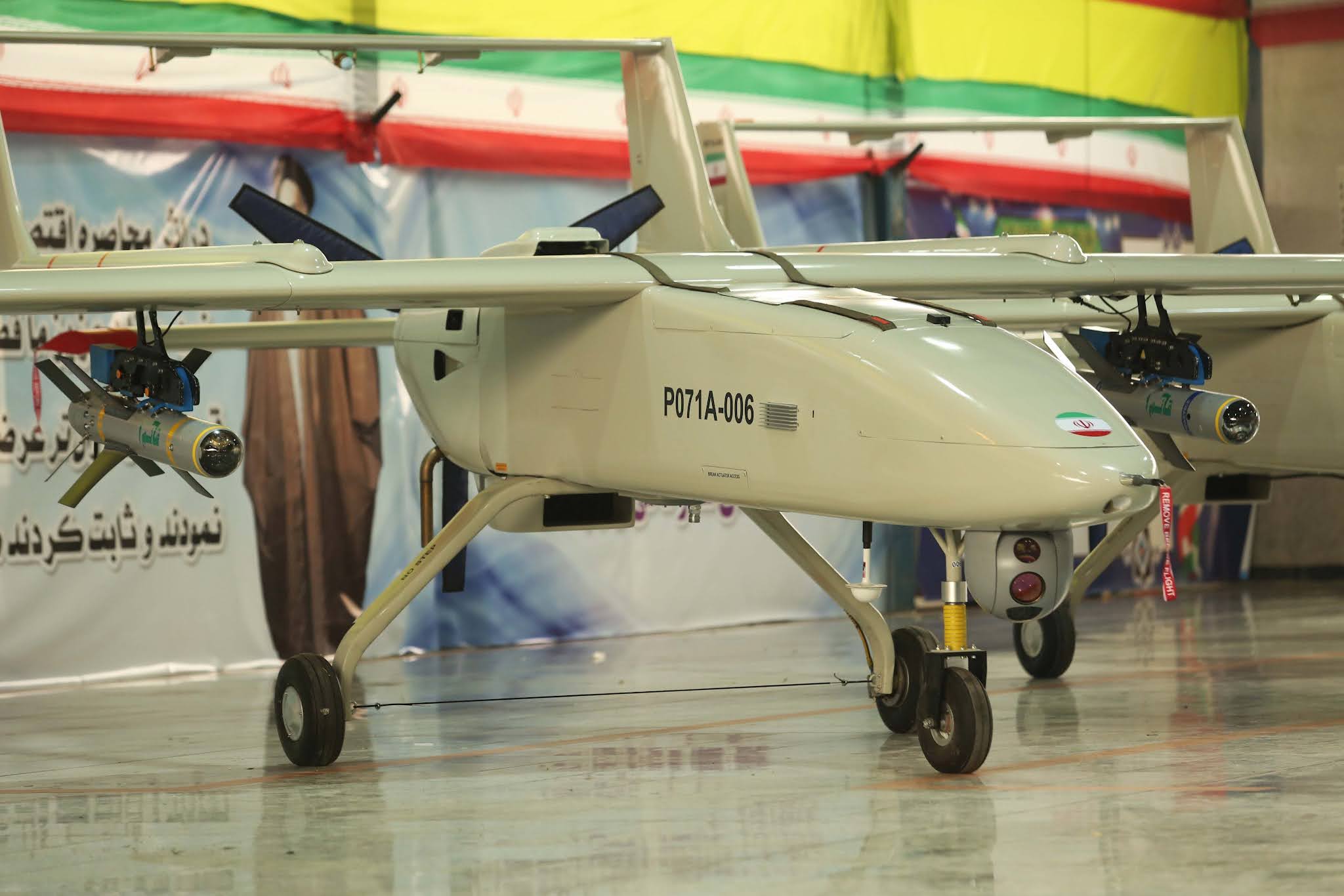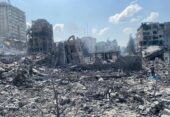In a surprise move, the Ethiopian military was able to stop the advance of attacking Tigray rebels on the capital, according to international media reports, with the help of armed drones. Allegedly “Bayraktar TB2” ordered in Turkey have not been sighted anywhere so far. However, competitors from China and Iran have been documented.
Ethiopia has been in a civil war with the Tigray People’s Liberation Front (TPLF) for 14 months. The rebels from the region bordering Eritrea are discontent with the policies of Prime Minister Abiy Ahmed. After taking office in April 2018, the 43-year-old lifted the state of emergency, released prisoners and promised to fight corruption. As a result, the TPLF, which had been powerful until then, also lost political influence.
Only a few weeks ago, the Tigrinese rebels were on the verge of entering the capital Addis Ababa, but the tide has now turned decisively. On 20 December, the TPLF surprisingly announced a ceasefire and peace talks in a letter to UN Secretary-General Antonio Guterres and promised to withdraw back to the north. Both warring parties are accused of serious human rights violations, and the UN Human Rights Council now wants a to investigate this with an independent commission.
“Once upon a time there were 10 drones in the sky”
Many observers attribute the sudden turn in the civil war to the air force. The Ethiopian military has 22 Russian MiG-23 and Sukhoi-27 fighter jets as well as several combat helicopters. But the decisive factor is said to have been armed drones, whose armament allows far more precise attacks. “Once upon a time there were 10 drones in the sky”, the rebel general Tsadokan Gebretensae had confirmed to the New York Times in an interview. They had attacked soldiers and convoys in a swarm.
The news agency Reuters quotes a foreign military official who claims to have “clear indications” of a total of 20 drones in use. According to the report, these could come from Turkey, among other countries. Ethiopia has ordered several “Bayraktar TB2” from the Turkish company Baykar Makina. The drone became internationally known during Azerbaijan’s recent war against Armenia two years ago. There, the “TB2”, together with Israeli-made unmanned aerial vehicles, is said to have caused the sudden surrender of the Armenian government, which could have been the first war in the world to be decided with the help of drones. Previously, the Turkish military flew attacks with the combat drone in Syria, in the Turkish, Syrian and Iraqi parts of Kurdistan as well as in the civil war in Libya since 2016.
However, all indications are that the “TB2s” are not yet operational in Ethiopia – if they have already been delivered. Wim Zwijnenburg of the Dutch peace organisation PAX, who monitors the region with the help of satellite images, confirms this after being asked. Zwijnenburg, who also publishes his analyses at Bellingcat, does not want to commit himself, however. There is one possible sighting from 6 October, but the image is too blurry to be considered substantiated.
High-flying drones from China

Presumably, the military superiority of the Ethiopian army is mainly based on the use of combat drones from China. The country has several “Wing Loong I”, which are manufactured by the Chengdu company. The drone is significantly larger than the Turkish “TB2”, it can carry more weapons and also operate at higher altitudes. This makes it less vulnerable to attacks by ground-based air defences.
The government of Ethiopia receives the “Wing Loong I” with other weapons and ammunition presumably from the United Arab Emirates. Since last summer, aircraft spotters have identified more than 100 cargo flights from the Gulf state to Ethiopia. The Ethiopian arsenal includes Chinese surveillance drones of various sizes as well as unmanned flying 120-millimetre grenade launchers produced in the Emirates.
According to the military blog Oryx, at least three “Wing Loong I” aircraft were delivered in September. They are apparently stationed at the Harar Media airbase, and their deployment in the embattled Tigray region has also been documented in the meantime. In an interview, the commander of the Ethiopian Air Force explains in front of a model of a “Wing Loong I” that the country is very well positioned in terms of drones and is planning for the next ten years in this regard.
Drones play an important role
The “Wing Loong I” is sold to at least six countries, making it China’s most important military unmanned export. It has since been replaced by its successor, the “Wing Loong II”, which has twice the weapon payload. This drone could also be used in Ethiopia, at least that is what the news website Al Jazeera claims to have detected several drones of the new series on satellite images. Wim Zwijnenburg of PAX, however, doubts this.

Besides China and Turkey, Iran also supplies armed drones to Ethiopia. Zwijnenburg reported on this in August at Bellingcat, according to which the air force there has at least two of the comparatively young “Mohajer-6”. Their serial production is said to have started in 2018. Similar to the Turkish “TB2”, the tactical drone can carry up to four small missiles. By satellite control, however, its range is up to 2,000 kilometres, which is about ten times that of the “TB2”. In Iran, the drone is flown by the Revolutionary Guards and the army, among others.
So are drones in Ethiopia once again a gamechanger, as many observers for the first time interpreted in the war on Arzach two years ago? “There are indications that armed drones played an important role in attack supply lines, military positions and advancing troops, based on eye witness accounts”, Zwijnenburg tells. Nevertheless, much remains unclear, because the Iranian drones were presumably not operational for a long time after their arrival. The Chinese drones were also initially only used for reconnaissance in the summer of 2021. Nevertheless, according to the PAX military expert, the “Wing Loong” and the “Mohajer” are of great importance for the Ethiopian military.
Image: Serial production of Iran’s “Mohajer-6” began in 2018, and in Ethiopia the air force uses it to fly attacks on rebels and possibly civilians (IRNA).





Leave a Reply